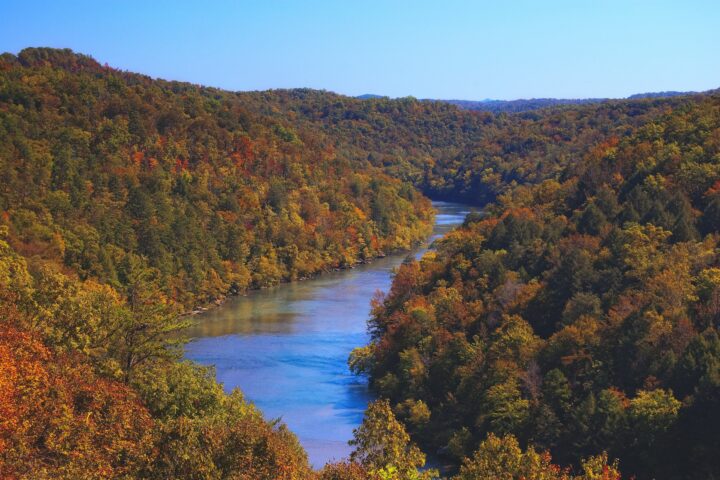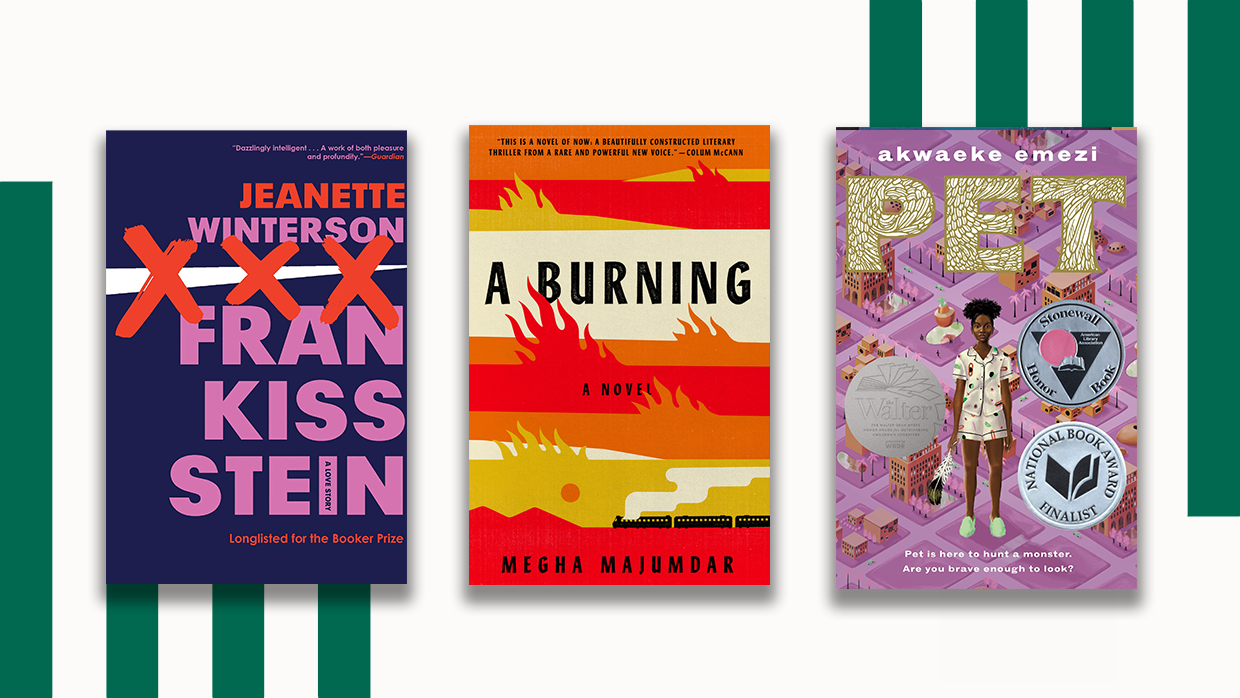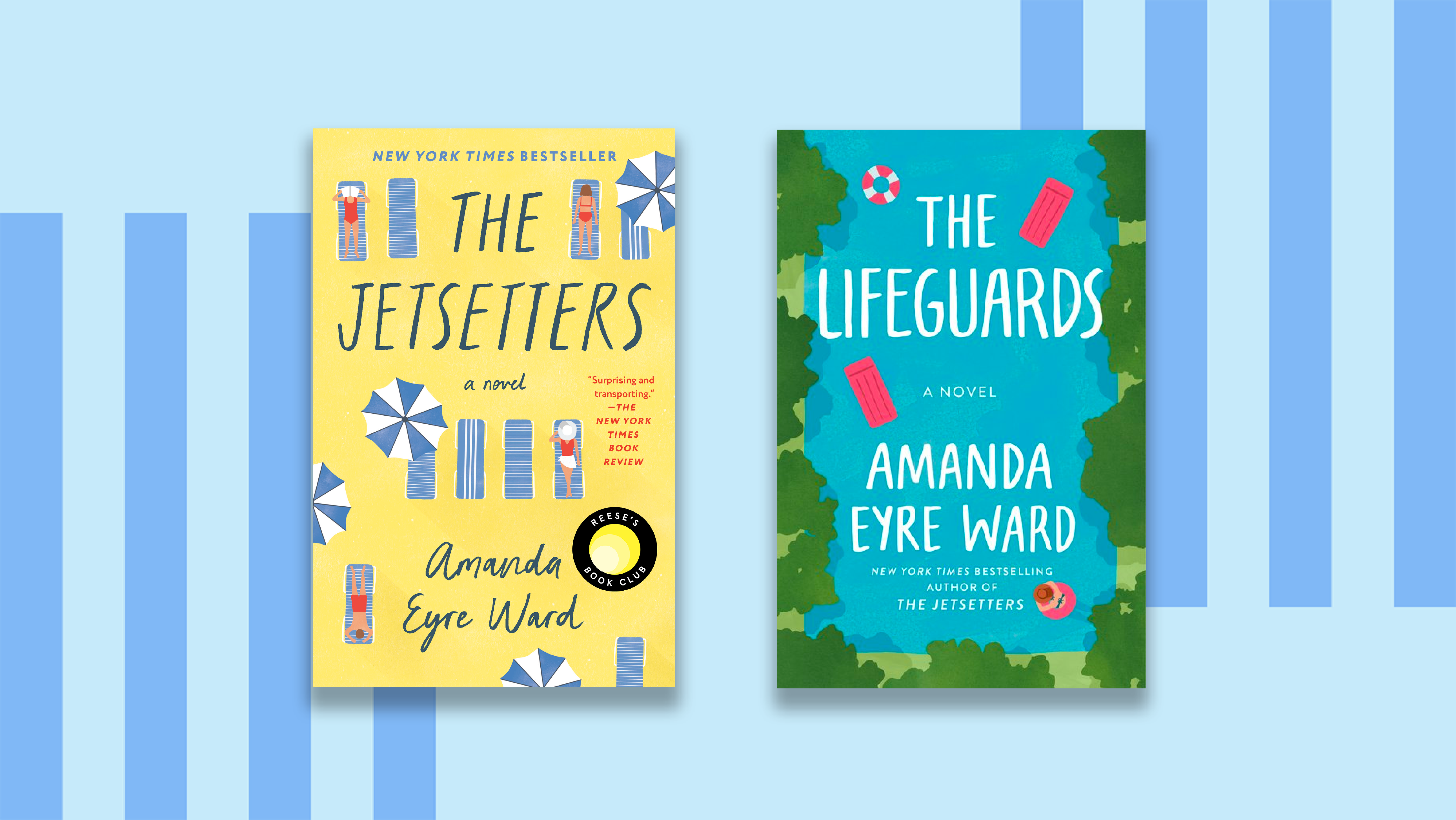“Where do you get your ideas?” This is the one question I can put money on being asked at any bookish gathering. And the answer—aside from the tempting “from the ideas shop, like all the other writers”—is that they just land. And the ones that stick are the ones that I have to pursue.
I was a newspaper journalist (for The Independent of London) for ten years, and that taught me to see and hear stories everywhere. Most of the plots of my books have come from snippets I’ve heard on the news or in magazines. Sometimes a piece of music will spark an idea, or a painting, or a face I see on the Underground. These things mostly spin around like snowflakes and disappear, but occasionally they start growing into snowballs, and over a period of months, characters and plots start sticking to them.
And if these ideas make it past the 20,000-word mark (this is the point at which I often dump the whole thing), they may well become a book, or a screenplay, or even more recently, a poem. (Don’t worry, I won’t inflict that on you. Yet.)
“The Giver of Stars” began in June 2017 with an idle morning trawl through the internet (writers like to call this research, rather than work avoidance). I came across an article in Smithsonian Magazine about the Packhorse Librarians of Kentucky—a group of women employed as part of President Franklin Roosevelt’s Works Progress Administration (WPA) program in the 1930s to take books to rural families living in remote mountainous areas. Some families had never read at all, and many read only the Bible. Roosevelt and his wife Eleanor were afraid that this left them prey to snake oil salesmen, and so wanted to “feed their minds.” The work was arduous and tough, requiring strength, commitment, resourcefulness and teamwork.
The accompanying black and white pictures showed young women on mules and horses, proudly lined up with their saddlebags full of books, dressed in pressed white blouses or wrapped in woolen hats against the cold, the vast Kentucky mountains stretching out behind them.
Sometimes you want to write something so badly that you have an actual physical response. I looked at these pictures and I had to do it. I had long wanted to write a book about female solidarity and friendship (I get tired of narratives that always pit women as competitors). I wanted to show female friendship in its messy, loving, irritable, supportive glory—where you can crab at your friends one minute, but will stick up for them against all others the next.
Mostly I wanted to write a book about women who were capable and resourceful—women who were focused on their mission much more than they were on their appearance or their love lives.
“I’m a great believer in on-the-ground research; if you don’t visit places, the text doesn’t truly come alive.”
But the pictures also contained two other things I have a passion for: horses and wild country. I could immediately imagine what it was like to be one of these women, on a horse, about to head into the middle of nowhere.
I’m a great believer in on-the-ground research; if you don’t visit places, the text doesn’t truly come alive, and often what you discover leads your story into unexpected places. For other novels I have gotten lost on aircraft carriers, been whale watching in Australia and begged my way into millionaires’ apartments on Central Park.
To research this book, I traveled three times to eastern Kentucky. On my first visit, I was a little trepidatious. I had earmarked a town called Beattyville as one of the hubs. When you type Beattyville into a search engine, however, you get a series of articles about its struggles with unemployment, poverty and opioid abuse.
And when I drove across state lines from Tennessee, I had rarely felt more alien. I ate fried chicken and collard greens in diners with “shoes must be worn” signs on the door. I followed pick-up trucks with deer slung over the back and passed tiny, immaculate churches and lawns pronged with the American flag. I called the Kentucky Tourist Board who suggested a bed-and-breakfast in a “holler” in one of the most remote parts of the Red River Gorge.
And then I fell in love.
Snug Hollow is situated five miles down a dirt track and comprises a scattering of log cabins over a 250-acre holler, the oldest of which dates back to 1830. It is owned and run by Barbara Napier, a woman who pretty much exemplifies the women I wrote about. She built the other cabins, set up her own water filtration system, grew her own vegetables and once told a mountain lion to f*** off. (It did.)
She is funny, smart, resourceful and seventy-two years old. She is also smaller than I am (and I am five foot two and a half).
Eating at her communal dinner table every night, I began to absorb the rhythms of the language—quite different from that in the UK or other parts of America. I learned that Kentucky people have storytelling in their DNA, and slowly this infiltrated my book, along with Barbara’s Appalachian voice and humor, and those of the women whom she mentors and supports.
The thing about writing books is that often they change you, and in ways you hadn’t expected. I grew up in Central London, but I fell in love with a tiny corner of east Kentucky (not a sentence I ever expected to write).
Earlier this year, I found myself struggling with my first-ever bout of depression, and I went where my gut told me: back to the tiny log cabin, where I stayed until I felt my soul ease again. I hiked the mountains and listened to people’s stories and I thought about the women I had been writing about, and how they had survived far worse.
Most writers hear their characters’ voices, and I heard mine, and they gave me strength. Slowly, free of digital distractions, I began to feel like myself again. Dawn in the holler—with its birdsong and the creek and the distant whisper of the trees in the mountain—is now what I think of when I start to feel stressed.
For that alone, I will always believe in the benefits of immersing yourself in your subject. If you’re lucky, it will immerse itself in you, too.



